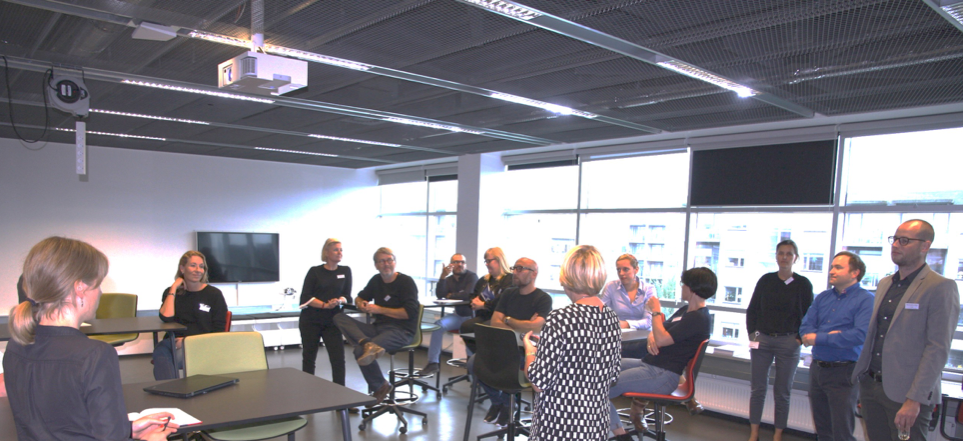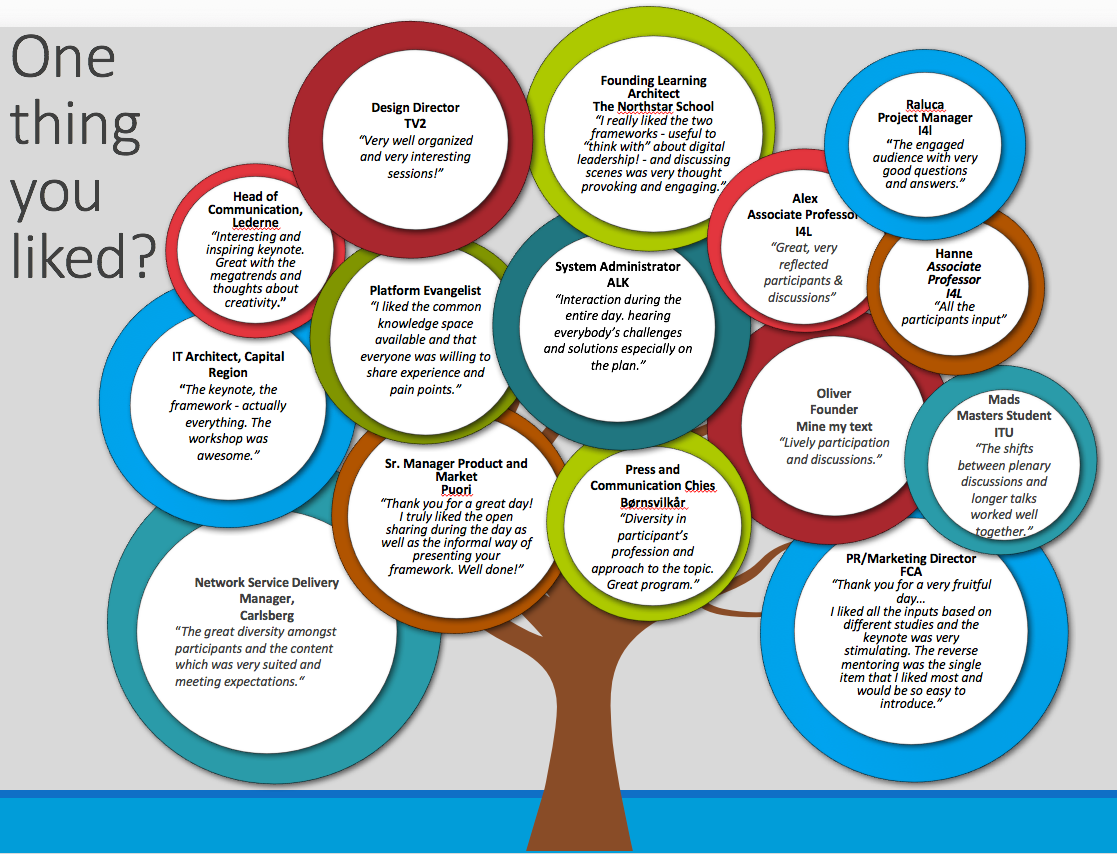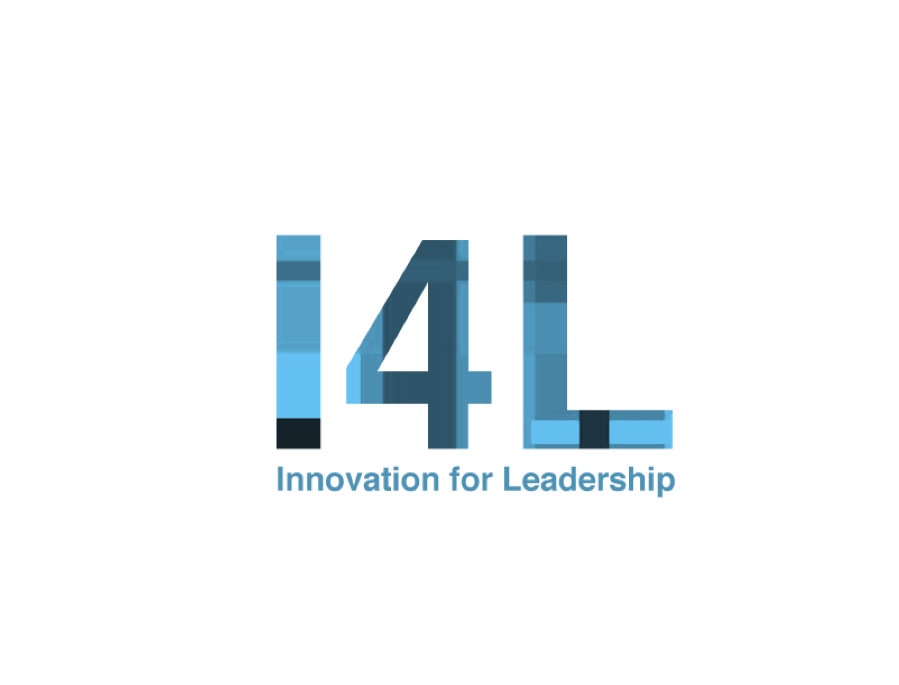Literary technologies for Leadership
This article explains how leaders can use literary technologies, such as summarizing, persuading and storytelling, to lead through writing.

A quick google search on leadership behaviour reveals many products, services and advice tailored to leaders, on how to act and talk in order to inspire and influence. But what can leaders do when their communication is mediated by technology such as Skype, emails or Enterprise Social Networks?
New media technologies allow for modelling, in other words, we can use technology to emulate behaviours we would have in real life. One of them is authoring, described as “the act of generating content and putting it online for a broad audience”. (Richter and Wagner, 2014). Computer-mediated communication allows leaders to reach more people, thus broadening their influence and turn the traditional one-way communication, in engaging and online conversations. It is also important to note that employees prefer authentic texts authored by their leaders, as opposed to texts that were edited or written by someone else in the name of the leader (Richter and Wagner, 2014).
There are multiple literary techniques that leaders can use to assemble a text. As Jack Hart, former writing coach at the Oregonian says, a fundamental question to ask in the process of writing, is: “Just what sort of narrative are we talking about here, and what tools will I need to build it?” (Hart, 2012). Depending on the purpose of the communication/text, leaders can use different types of literary techniques to ensemble unique and authentic texts, to inform, motivate or engage:
Persuading techniques – can be used for motivating, persuading and motivating people, for example when assembling a text about disclosing a new direction for the company, a major change – when it is important to bring the employees on board with the message:
- Consultancy discourse – employing a future state (desired or feared) to gain/justify/convince that what we do in the present is exactly what we should be doing. Example: “Because of the new economy, every organization risks irrelevance unless it can keep its technology, people and business processes synchronized with a moving target strategy” (Bloomfield & Vurdubakis, 1994).
- Dynamic words will create a sense of urgency, such as rapidly, dynamic, accelerating, explosive, boom, movement, action, progress.
- Glossy expressions and clichés can be used to put some aspects in the light and other concepts (for which no glossiness will be used) in the shadow. Example: “first-of-its-kind”, “state-of-the-art”, “breakthrough”, “one-of-a-kind”.
- Multiplicity – bringing in multiple views (research, influencers, journals) can convince your reader of the validity of your sayings. “Research shows that a success factor for digital leadership is transparency. We must therefor be transparent in our work”
- Including the reader: “as our level of acquaintance with the reader rises, so our ability to write something highly personalized – and persuasive – increases” (Camp, 2007).
- Being personal – Camp (2007) thinks it is more persuasive to be personal: this can be achieved by using pronouns in the 1st person (I, my, mine), sharing your emotions, feelings, views, or opinions.
Summarizing techniques – these techniques can be used when assembling short updates about the company, projects, and/or changes within the organization, meeting minutes and other texts where brevity is important.
- Titled paragraphs: giving titles to paragraphs signals the importance of its contents (Bloomfield & Vurdubakis, 1994).
- Bullet points – “important points are often described as bullet points – presumably emphasising the notion of going straight to the heart of the matter” (Bloomfield & Vurdubakis, 1994).
- Re-read and remove words: A sentence should not contain unnecessary words and a paragraph should not contain unnecessary sentences. Interrogate every word in a sentence for its meaning and utility to your reader.
- Replace vague words with powerful, specific words. For example, replace adjectives with numbers: “Our company has a lot of experience in….” with “Our company has 50 years’ experience in…”.
- Combine sentences: Re-read and pay attention to whether some sentences are unnecessary and the information they convey can be incorporated in another sentence.
Storytelling techniques – can be used for engaging, amusing, and/or conveying difficult concepts and ideas – when it is important that employees remember. “Storytelling has such wide application because, at its root, it serves universal human needs. Story makes sense out of a confusing universe by showing us how one action leads to another” (Hart, 2011).
- Storyline: Explosion, Rising Action, Crisis, Resolution, Denouncement (also known as storyline) are the building blocks of any story.
- Metaphors and figures of speech appeal to the reader’s imagination and are an essential part of Storytelling. Examples: “Our company is like an oak tree – No matter the storm, it will keep standing “.
- Anecdotes are short stories that can be used to capture your audience, or to draw a parallel to a more difficult concept.
- Hyperboles are exaggerated claims that can be used to emphasise arguments. Example: “Our CEO read a million papers about innovation and concluded that…”.
- Juxta positioning of time: using past, present and future alternatively – Example: “Our journey started in 2010, today we are challenged by many technologies, and by 2020 we want to be the best in our industry.”
The realm of literary techniques that can be used for leadership communication is vast. They are even more important when it comes to digital communication for leadership. In I4L we are working on methods and tools to apply them in practice.
Bibliography
- Bloomfield, B., & Vurdubakis, T., (1994). Re-presenting Technology: IT Consultancy Reports as Textual Reality Constructions. Sociology 28(2): 455-477.
- Camp, Lindsay (2007). Can I Change Your Mind? The Craft and Art of Persuasive Writing. AC Black, London.
- Hart, Jack. (2012). Storycraft: The Complete Guide to Writing Narrative Nonfiction. University of Chicago Press, Chicago; London.
- Richter, A., & Wagner, D. (2014). Leadership 2.0: Engaging and Supporting Leaders in the Transition Towards a Networked Organisation. Hawaii International Conference on System Sciences,7.



